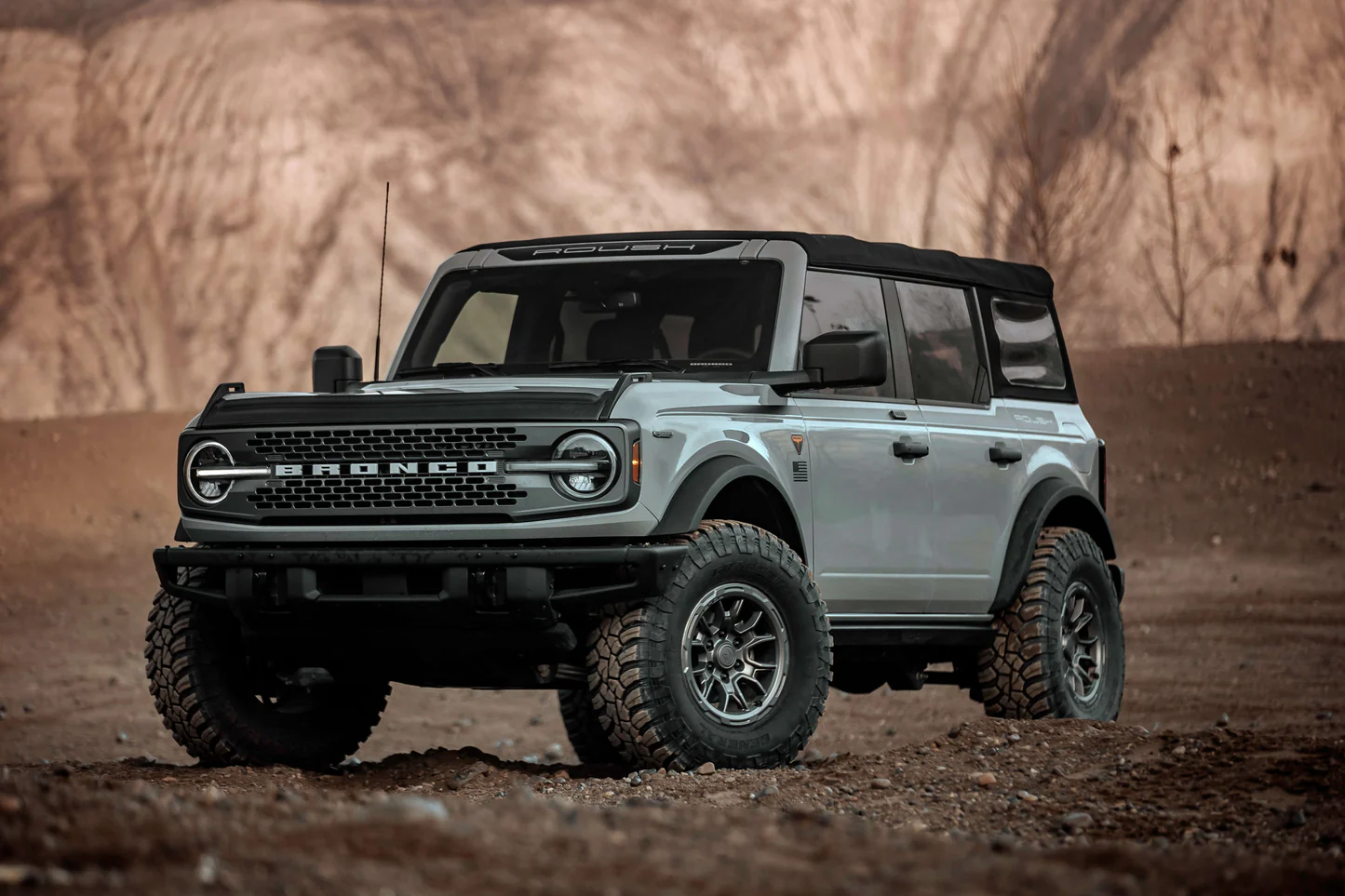The 1970s is often heralded as the decade when SUVs truly entered the mainstream and began to transform the automotive landscape. However, the roots of the SUV craze stretch back further than many realize.
While the 1970s saw a major surge in popularity and a shift in consumer demand, the groundwork for this shift had been laid in the years before, with the growing interest in off-road vehicles, rugged utility, and family-oriented transportation.
The emergence of the SUV wasn’t a singular event, but rather a gradual evolution influenced by several social, economic, and cultural factors.
The term “SUV” didn’t even exist in the 1970s, and the vehicles we now think of as SUVs were originally marketed under names like “station wagons,” “crossover,” or “4x4s.”
These vehicles were often viewed as practical and versatile alternatives to traditional sedans, offering the ruggedness and off-road capabilities of trucks combined with the comfort and space of a family vehicle.
Also Read: 5 Compact Cars That Endure City Driving and 5 That Break Too Fast
As the 1960s gave way to the ’70s, increasing demand for adventure, versatility, and the family road trip began to shape the types of cars Americans were driving.
Economic factors, such as the energy crisis, also played a significant role in the evolution of this market, encouraging automakers to rethink the way they designed and marketed their vehicles.
The “SUV craze” wasn’t an explosion in the 1970s—it was a trend that started in the years prior, spurred by innovation in vehicle design, shifting consumer needs, and the broader cultural zeitgeist of the era. Looking back, we see that the ingredients for the SUV boom were in the mix much earlier than one might assume.
In this article, we’ll explore how the ’70s SUV craze was actually a culmination of earlier developments, from the rugged utility vehicles of the ’50s and ’60s to the evolving needs of American families, and how these factors set the stage for the explosion of the SUV market in the following decade.
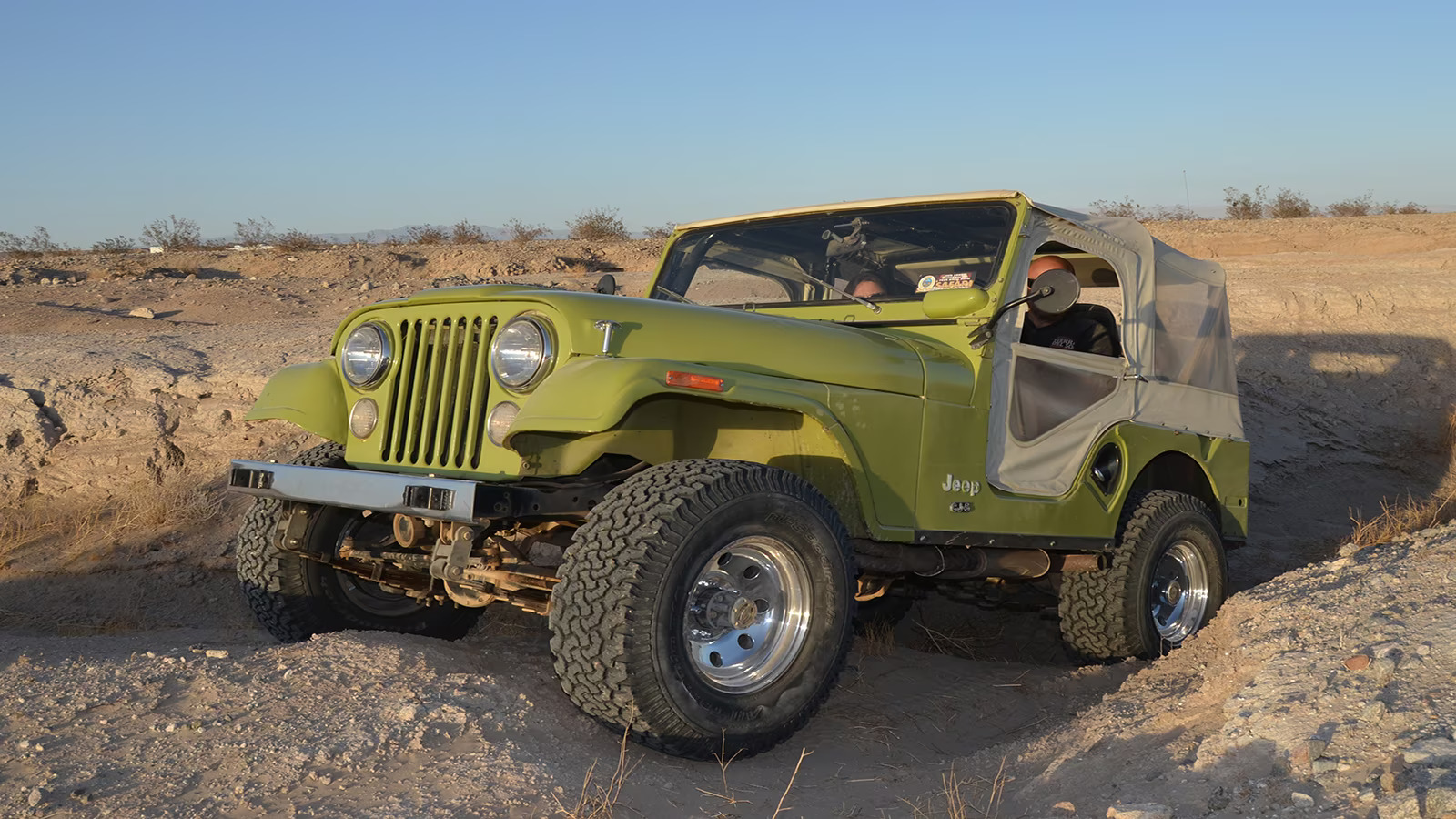
The Military and Utility Influence
While the SUV craze of the 1970s might be most associated with family vehicles like the Ford Bronco or Jeep Wagoneer, the foundations of this market stretch back to the 1940s and ’50s. After World War II, military-style off-road vehicles began to take on a life of their own in the civilian market.
The Jeep, originally designed for military use during the war, became one of the earliest off-road vehicles to be marketed to the general public.
Its compact, rugged design was ideally suited to navigating rough terrain, and as the war ended, Jeep saw the potential to sell these vehicles to farmers, outdoorsmen, and people who simply needed a durable vehicle capable of tackling diverse landscapes.
The civilian Jeep CJ (Civilian Jeep) models, first introduced in the mid-1940s, became immensely popular, setting the stage for a new type of vehicle: the utility vehicle. These early models were utilitarian and lacked much in the way of comfort, but their off-road capabilities made them a hit with a specific demographic.
Their appeal was also amplified by an increasing cultural fascination with exploration and adventure, particularly in rural America. As the ’50s progressed, the Jeep became a symbol of American ruggedness, often associated with the great outdoors and the postwar frontier spirit.
Meanwhile, other manufacturers began to follow suit. The 1957 International Harvester Scout, for example, was introduced as a rugged alternative to traditional cars and station wagons, and like the Jeep, it was designed for off-road use.
While not yet an SUV by today’s standards, the Scout and similar vehicles laid the groundwork for future models that would combine ruggedness with comfort.
At the same time, vehicles like the Ford F-series pickup began to demonstrate the versatility of four-wheel-drive systems, which would later be a defining characteristic of the SUV.
By the 1960s, the idea of off-road vehicles had evolved, but they were still largely seen as specialized tools for farmers, explorers, and outdoors enthusiasts.
What was beginning to emerge, however, was the notion that these vehicles could be more than just utilitarian—they could serve as everyday vehicles for those looking for a sense of adventure and freedom in their everyday lives.
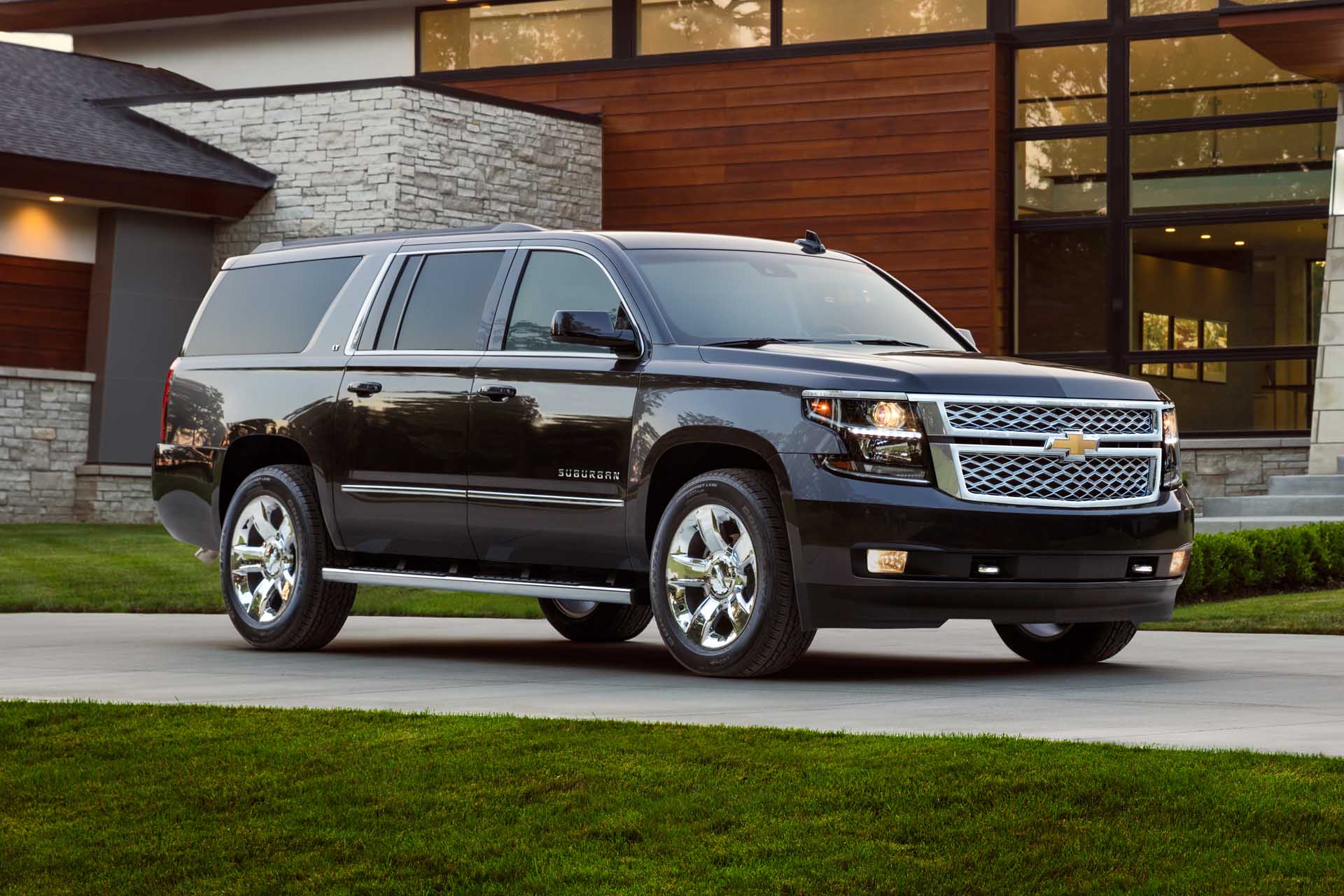
The Influence of Station Wagons and the Family Vehicle Model
While off-road vehicles were becoming increasingly popular, the more significant shift toward what we now recognize as SUVs began with the evolution of the station wagon in the 1950s and ’60s.
Station wagons were among the first vehicles to offer families more space and versatility than sedans, and their designs were often a precursor to the large, family-friendly SUVs of the ’70s.
Station wagons had large rear compartments for cargo, seats that could fold down for more storage space, and a generally more practical, utilitarian design than the standard sedan.
For many American families, the station wagon was the go-to family vehicle. It provided ample space for children, pets, and road trip gear, all while retaining the comfort and road handling characteristics of a passenger car.
As the American suburbs expanded, and families increasingly looked for vehicles that could handle everything from the daily commute to weekend getaways, station wagons became a symbol of family life and freedom.
However, by the late ’60s, many families were beginning to realize the limitations of their station wagons. They were versatile, but they lacked the off-road capabilities of trucks and had relatively poor handling when compared to sedans.
This is where the roots of the SUV began to take shape. Consumers were starting to demand more from their vehicles: they wanted the ability to go off-road, handle bad weather conditions, and still have space for their families and belongings.
The need for a vehicle that could combine the best of both worlds—family comfort and off-road utility—was becoming clear.
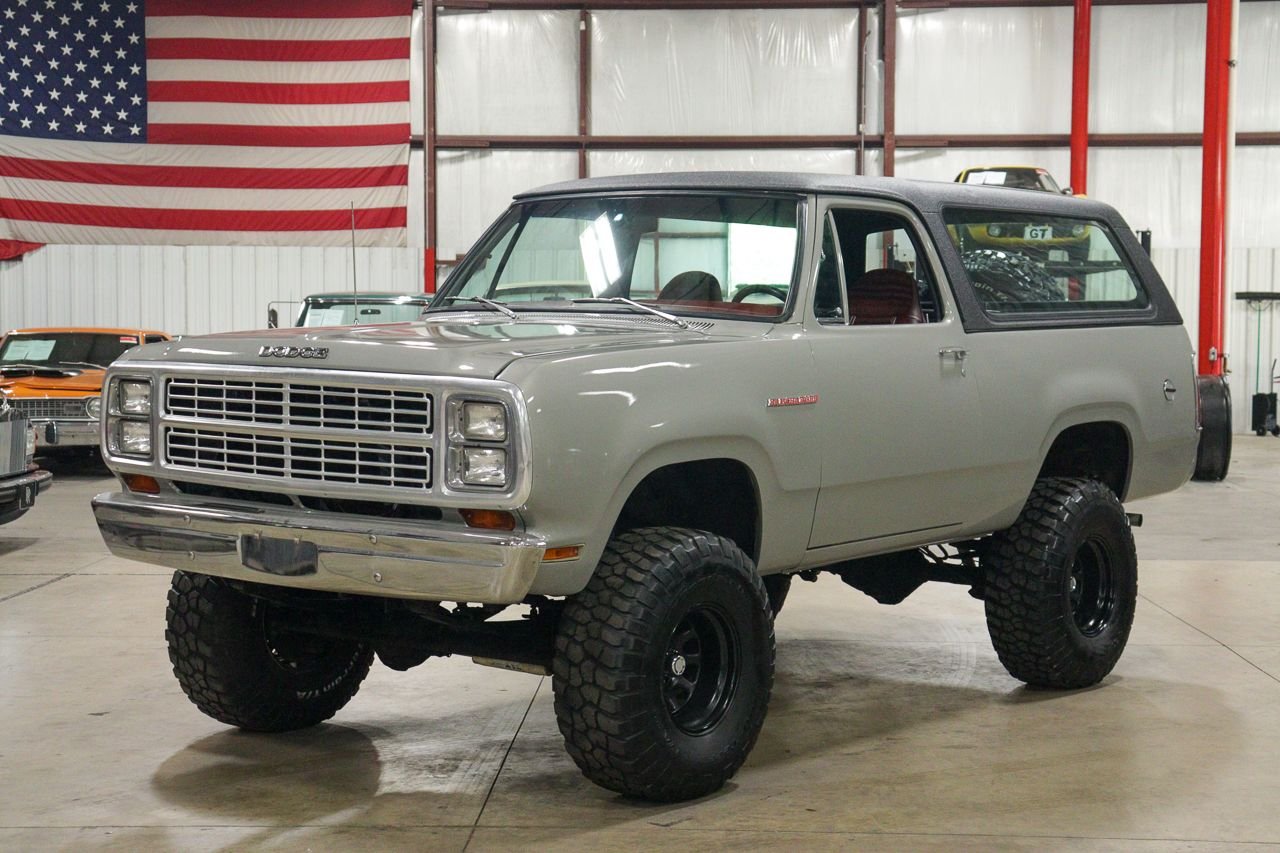
The Changing Consumer Demands: A Desire for Adventure and Versatility
The 1960s and early ’70s marked a significant cultural shift in America. As the postwar boom gave way to the space age and the rise of the counterculture movement, people began seeking a deeper connection with the great outdoors.
This desire to break free from the constraints of urban living led to the rise of weekend adventurers and off-road enthusiasts. The growing popularity of outdoor activities like camping, hiking, and hunting made vehicles that could tackle rough terrain more desirable.
This changing mindset was reflected in the growing interest in vehicles that could handle both the demands of urban commuting and outdoor adventures. People were looking for versatile vehicles that could take them on road trips to the mountains or the beach, and still have the practicality to transport groceries and kids.
It was during this time that automakers began to recognize the potential of combining rugged, off-road capabilities with the comfort and space typically associated with passenger cars.
The concept of a “sport utility vehicle” was beginning to form, but it wasn’t yet fully realized. At this point, vehicles like the Jeep Wagoneer and the Ford Bronco were starting to take off. The Jeep Wagoneer, in particular, was ahead of its time, offering a high level of comfort and luxury combined with the ability to tackle rugged terrains.
The Ford Bronco, on the other hand, became an icon of the outdoors, popular with adventurers and sports enthusiasts alike.
Though both vehicles were marketed as off-roaders, they were also designed with the kind of family-friendly features—comfortable seating, spacious interiors, and practical designs—that would later define the SUV market.
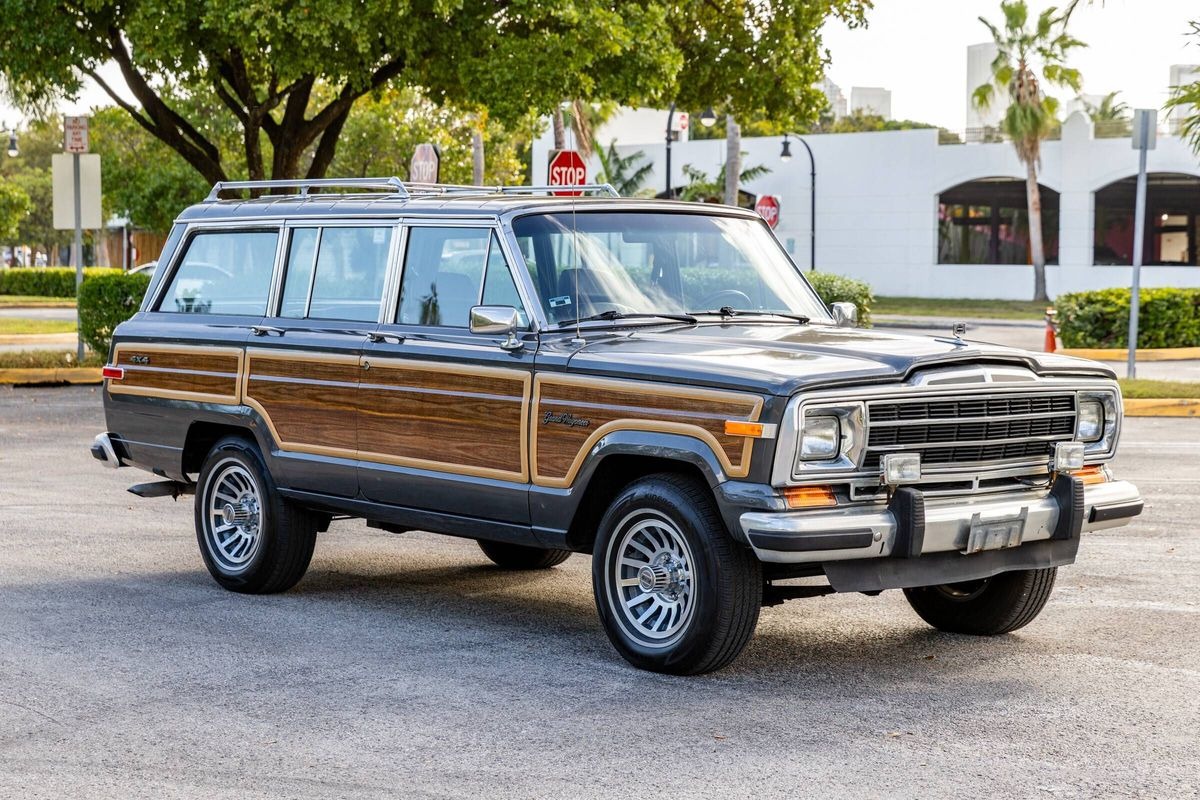
The Energy Crisis and the SUV’s Rise
The 1970s were a pivotal decade for the automotive world, with significant cultural, economic, and technological changes. One of the most influential factors was the energy crisis of the early ’70s. The oil embargo of 1973, in particular, created a sense of urgency around fuel efficiency, yet the demand for rugged, versatile vehicles did not wane.
It had the opposite effect: while fuel economy became a major consideration for many drivers, the SUV’s ability to handle a variety of terrains made it more appealing than ever.
Despite the rising cost of fuel, many American consumers still desired vehicles that could handle both city streets and rural roads. This period saw the rise of the “crossover” vehicle—a hybrid of the station wagon and off-road truck, combining the practicality of a family vehicle with the off-road capabilities of a rugged 4×4.
The introduction of vehicles like the Chevrolet Suburban, which was redesigned for more comfort and versatility, marked the beginning of the era when SUVs could no longer be seen as just utility vehicles. They were becoming the family vehicle of choice, albeit one that could also handle weekend adventures and rough weather conditions.
During this time, automakers also began to realize that SUVs weren’t just for rugged outdoor enthusiasts or farmers—they could appeal to the average suburban family. The combination of spaciousness, rugged durability, and versatility made the SUV an attractive option for those looking to venture beyond the daily grind.
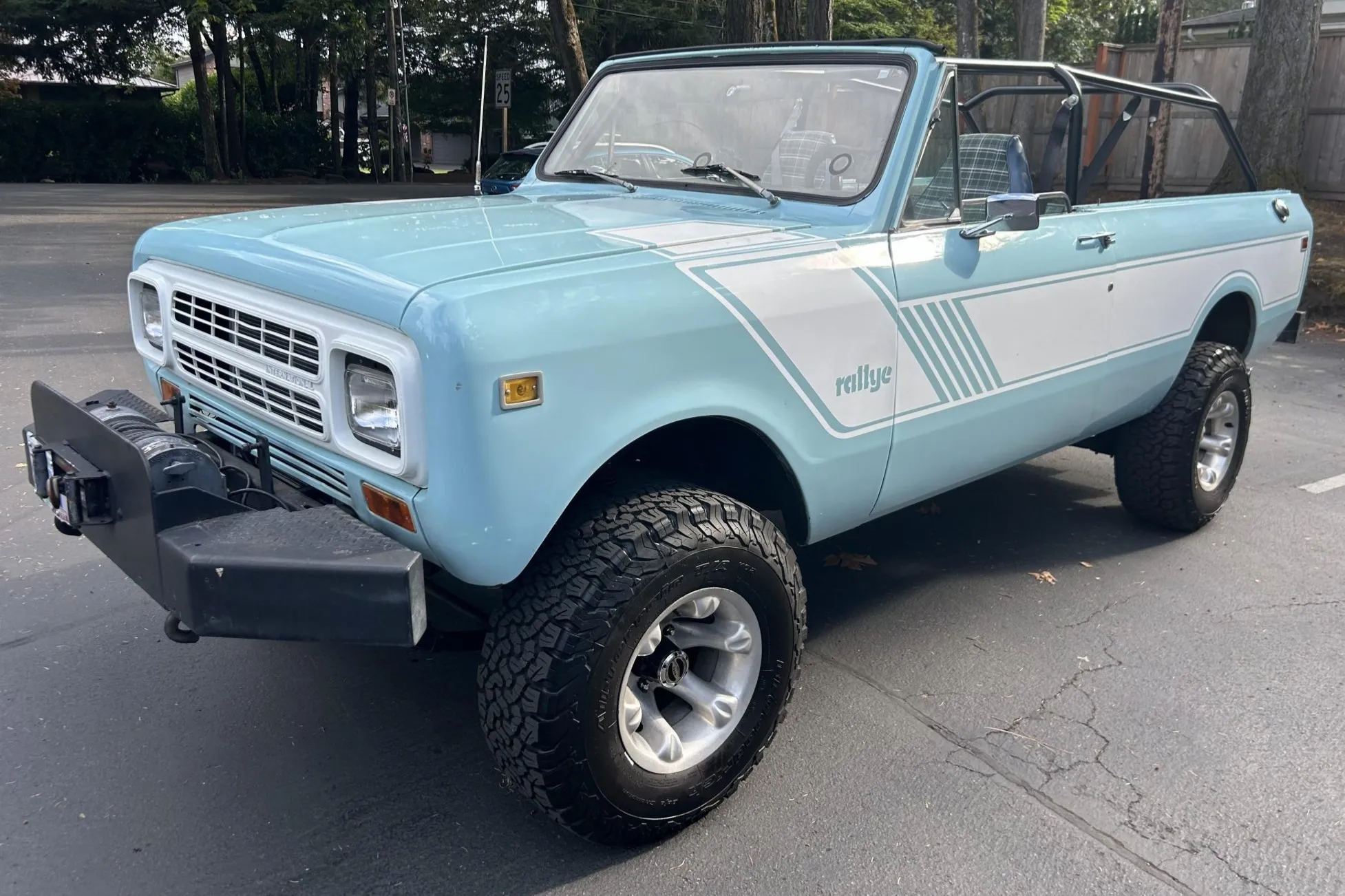
Iconic Models Lead the Charge
By the mid-’70s, a new wave of iconic SUV models was emerging, each one reflecting the changing needs and tastes of the American consumer. The Jeep Wagoneer and Ford Bronco were joined by newcomers like the Chevrolet K5 Blazer, Dodge Ramcharger, and the International Harvester Scout II.
These vehicles, while maintaining their off-road roots, began to offer greater comfort, technology, and more family-oriented features. They were equipped with larger cabins, more comfortable seating, and advanced (for the time) safety features.
The Ford Bronco, in particular, would become a symbol of the emerging SUV market, representing everything from urban exploration to off-road adventure.
In 1973, the introduction of the full-size Chevrolet Suburban solidified the shift toward larger, more versatile vehicles that could easily accommodate larger families while still providing the ability to tow, haul, and drive through challenging conditions.
These vehicles’ combination of utility, comfort, and increasing popularity led to the explosive growth of the SUV market by the end of the decade. Automakers recognized that SUVs had become not only practical but aspirational. The “rugged” image of the 4×4 was evolving into an image of freedom, adventure, and status.

The Long-Term Cultural Impact: SUVs as a Lifestyle
By the end of the 1970s, SUVs had firmly planted themselves as an integral part of American automotive culture. The rugged, adventure-oriented vehicles that had once been the domain of farmers, off-roaders, and outdoor enthusiasts were now increasingly seen as desirable, family-oriented vehicles.
This shift in perception would lay the groundwork for the massive SUV boom of the ’80s and beyond, as SUVs continued to evolve into a vehicle type that combined luxury, utility, and off-road capability.
In the decades that followed, the SUV would become more than just a mode of transportation—it would become a lifestyle choice for many. The blending of rugged utility with suburban family life, combined with the growing popularity of adventure and the American love of the open road, meant that the SUV became synonymous with freedom and flexibility.
An Evolution into the SUV Phenomenon
The ’70s SUV craze didn’t start out of nowhere—it was the result of decades of evolution in the automotive industry. From the rugged military vehicles of the ’40s to the versatile station wagons and off-road trucks of the ’60s, the SUV was always there, waiting for its time to shine.
Also Read: 5 Reliable Work Vehicles and 5 That Fail on the Job
The 1970s were simply the moment when all the pieces came together: economic conditions, cultural shifts, and new vehicle designs combined to create a demand for a new kind of vehicle—one that could go anywhere and do anything.
What began as a niche market for adventure-seekers and outdoorsmen became a defining trend that continues to shape the automotive world today. The ’70s didn’t just mark the beginning of the SUV craze—it was the decade that solidified the SUV as an enduring symbol of American car culture.

